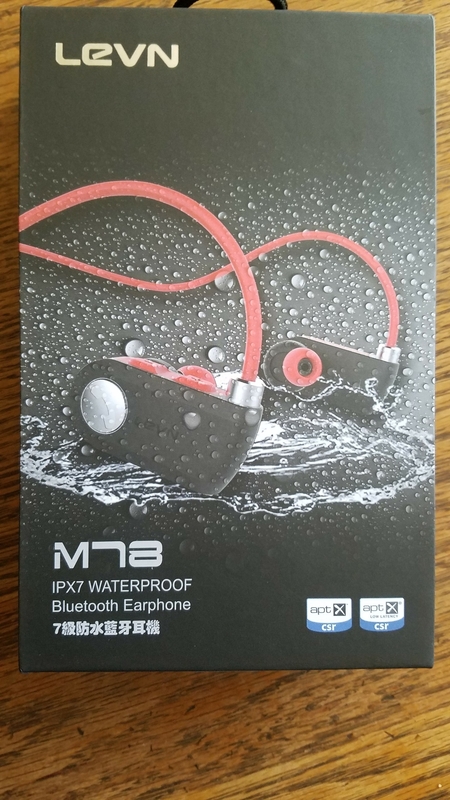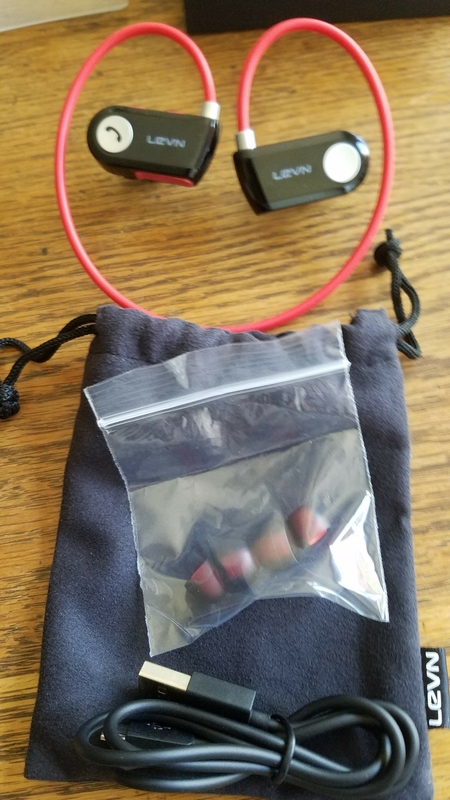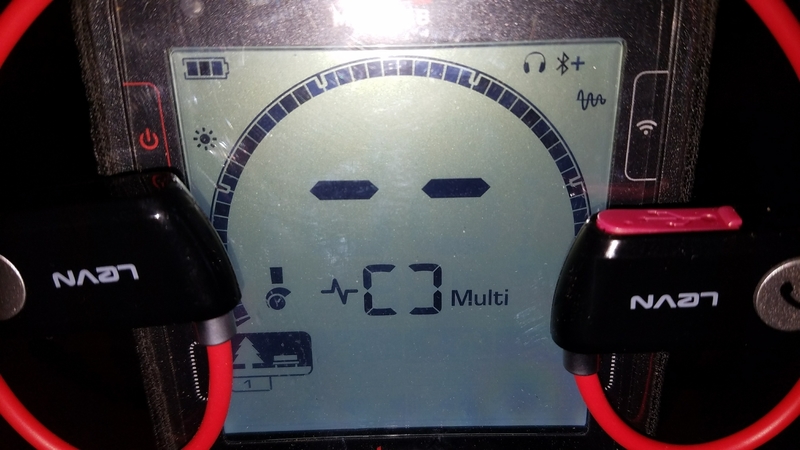
parkgt
-
Posts
77 -
Joined
-
Last visited
Content Type
Forums
Detector Prospector Home
Detector Database
Downloads
Posts posted by parkgt
-
-
One thing we can count on with the update is that it will arrive later than one hopes for.. XP will not commit to a date so they must still be working out the bugs.
-
16 hours ago, Doc Bach said:
You, got that right! It seems that XP doesn't give a rats Arse about customer service, and moving forward with the D2 in terms of updates and accessories.
How many have written XP to ask about the status. Showing interest/concern never hurts.
-
On 11/30/2022 at 8:11 AM, Jeff McClendon said:
This Deus 1 update looks like another way to obsolete the original LF coils.Just from my own experience, the X35 coils were a lot more versatile than the original LF coils.
After getting the 9x5 Elliptical HF I don't think I ever ran the original 11" on my D1.
-
59 minutes ago, Denny said:
I’m still on V06.
I have no way of updating as I do not have a laptop computer.Maybe that’s a good thing as I hear of some issues with the updates.
I used a desktop, any computer should do.
-
I don't need it either, but I would like the option. Some don't even feel the need for a PP but I like the ability to use one.
I just find it to be a strange omission unless there is a technical reason for not offering it as an option.
-
Before getting the MI-6 every pinpointer I used was set to both vibrate and sound off. I wonder why XP didn't give us the option to have both audio and vibration when paired? As good as it is without vibration when paired, I would probably use it if it was an option.
Am I the only one that would like to see that option if possible?
-
1 hour ago, midalake said:
I KNOW>>>My direct connection with hard wired headphones is 100% waterproof!!!!!!!!!!!!!!!
How does that help the OP?
-
Back to the original topic of this thread.
Since I already own a Deus I would not buy one unless the price was under $500. And even then there are others used that might make a better spare or loaner.
In it's current price range there are other detectors that offer more interesting features.
I doubt that general detecting in the US was their target market.
-
No mention of Aptx LL.
-
I have not been able to figure out what that means either.
-
The latency
19 hours ago, Edsped said:Its possible that areas of higher interference could cause higher latency too.
I don't think that is a factor in the latency being discussed. The latency is in the signal send and receive chain; not in the detection - analysis circuit.
-
It is interesting that some have an issue with true LL and others are satisfied without it.
I clearly notice lag without (+) sign LL devices but not with the ML supplied HPs or my Levn M78 LL Earbuds.
-
11 minutes ago, Cabin Fever said:
. My Equinox has been eerily solid on Nickels like no other detector I’ve owned.. any flash of anything other then 12-13 has been something besides a Nickel..
Bryan
Same here!
-
1 hour ago, SittingElf said:
Can you post a link to the company or supplier you purchased from?
I can't find a supplier with less than a 100 piece minimum order!
I found the exact same problem. There does not yet seem to be a retailer carrying them.
That is why I got my sample directly from the factory.
-
The LEVN M78 Earphones came in today via DHL direct from the factory in China.
Info from box: IPX7 Waterproof, Bluetooth V4.2, Aptx Low Latency
They appear to be the real deal as far as Low Latency. The "+" symbol comes up on the NOX display.
They will pair with the NOX and my S7 concurrently. I took them to my test garden and they sounded good and had no apparent lag. Tried 5 tones and 50; both sounded good and volume seemed more than adequate. They are not as loud as the NOX headphones, but I doubt many of the small BT buds will be.
I much prefer earbuds to headphones in most situations. Much cooler in the summer and I can bundle my head with caps and hoods easier in the winter.
If I find any issues after hunting I will report back. -
It somewhat depends on what you want to hear and what kind of targets you are after. There is no one right answer.
-
2 hours ago, relicmeister said:
As of yet, I haven't noticed any latency, even the few times I had the recovery all the way up to 8. If I ever do notice lag it will be in recovery speed of 7 or 8.
I would think the latency would only show up if your increase in recovery speed also caused you to swing significantly faster.
-
On 4/8/2018 at 12:41 PM, Cal_Cobra said:
On the 800 the backlight is pretty blinding if night hunting,
Even on the lowest setting; haven't been out a night to know?
-
Always good to have two capable machines!
-
Has anyone yet found true aptX-LL earbuds? Some will mention Low Latency in the description but not in the specs.
By looking at the official Qualcomm aptX site (their proprietary codec) there are not many choices that are good and inexpensive.
https://www.aptx.com/products?field_aptx_type_tid=484&field_product_category_tid=125
Of course that won't stop the Chinese from knocking them off, but will they be true LL?
-
Ground around railroad tracks especially around stops can have lot of very fine iron from the steel wheels grinding against the tracks.
-
With the NOX I have yet to find the threshold of much use. I guess I am so far missing something that others are hearing that is of benefit in identifying targets.
-
48 minutes ago, Vez said:
I strongly urge anyone that is willing to try, to take a (suspected) deep coin and reduce sensitivity until they hear volume change a little bit on it and make a note of what the sensitivity is at. Then dig the target and see what they had at what depth. If it is a copper cent at 8" that is a good point to start at as they are less responsive than a dime.
So I turn your question to you, I would enjoy hearing some of your ideas how to overcome this lack of "feedback loop"? The more ideas I can try the better.
The approach suggested is certainly a good one and if enough targets present themselves during that hunt at that site to experiment with; an optimum setting could be established; at least for that site. Over the course of several hunts in similar ground, with similar moisture and iron density a general range could be established that may be much lower than the 22 to 25 many feel must be run.
Will many that lower sensitivity and not find much be nagged by the thought they should have had it higher or vice versa?
I don't have any better ideas at this point than the approach you suggest and like you look forward to others thoughts and experiences with this and the other settings.
Some reviews seemed to suggest that the NOX was more of a turn on a go detector than others. As time goes on it is apparent that finding the best program and settings for a given site and targets with the NOX can be just as elusive as it is with other machines.
Much of the enjoyment for me is the journey and not the destination; although finding some interesting things along the way makes the journey more enjoyable. If it was too easy some of us would lose interest.
-
Much as with other settings on detectors; sensitivity is difficult to optimize. It is relatively easy to know when it is way too high. But if the audio is not giving you a clue that you are too high, how is one to know whether they have it set too high or too low.
The high beams in the fog is nice analogy except for one key difference. When you turn off the high beams you can immediately see the difference and know that the change you made is helping. When one lowers sensitivity on a machine that is already running quietly how do you know that the change is going to truly help with the wide variety of targets, depths and orientations.
Taking a CTX to a site to help determine some level of optimization is not a realistic approach for most to help dial in this setting.
This uncertainty is IMO why so many run as high as possible without obvious audio feedback. What other feedback loop is there to guide their setting?




What Is Expected In The Upcoming Update?
in XP Deus II Forum
Posted
What situations do you feel it is not yet ready for?